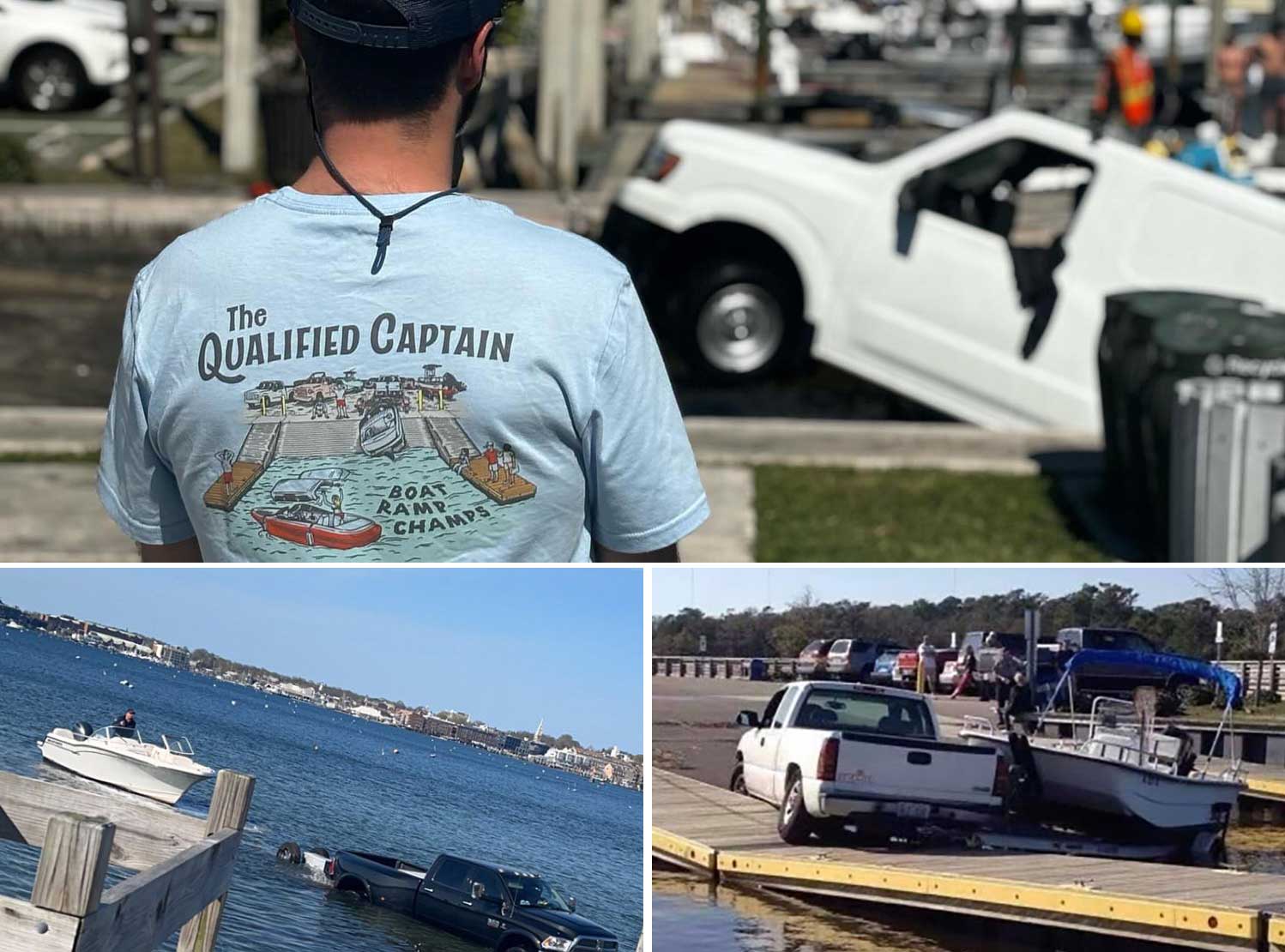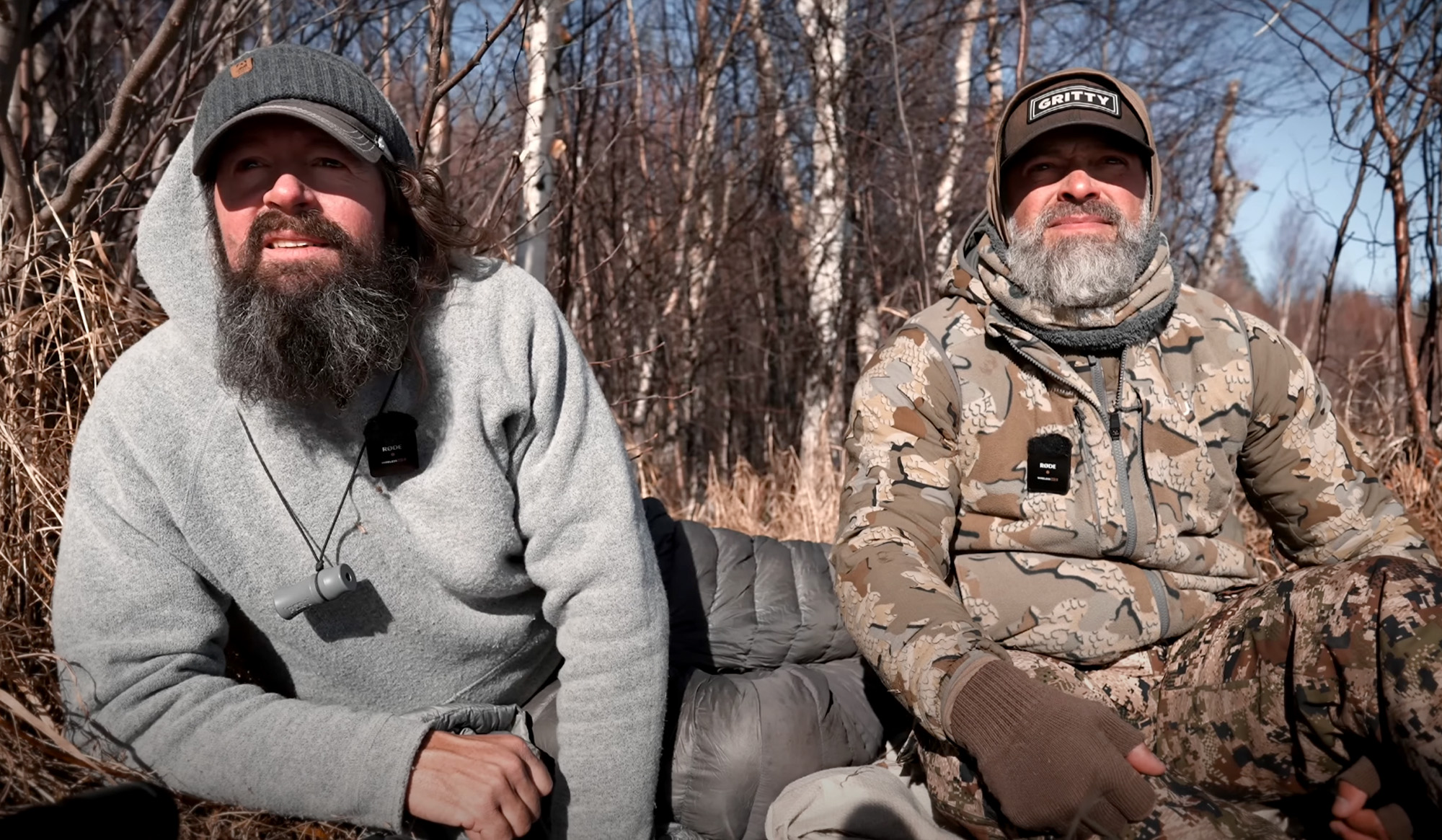Quick Strike Podcast: Don’t Be That Guy at the Boat Ramp, with “The Qualified Captain”

I’d be willing to bet many of you own a boat. And if you don’t but you love to fish, you spend plenty of time thinking about owning a boat. I sympathize, because I spent years stuck on the bank watching jet boats, bass boats, and skiffs whizz by as I longed for the opportunities that would open if I could just get out there, too. Eventually I did buy my first boat, and I learned very quickly that using it wasn’t exactly intuitive. The even bigger learning curve? Trailering and launching it with confidence and without becoming a spectacle on the highway or at the ramp.
Trailers are necessary evils for many of us, and if you’re a new boat owner or perhaps just stepped up from a canoe to a center console, getting from the driveway to the water can be far more intimidating than anything you encounter after leaving the courtesy dock. But it doesn’t have to be that way if you keep a few simple things in mind. Just ask Aaron Stasiak, the man behind the wildly popular Instagram account, The Qualified Captain.
Yes, The Qualified Captain started as a page to showcase boating fails, but in recent years it has grown into an incredible resource for and promoter of boating safety and education. So, in this episode of the Quick Strike podcast I asked Stasiak to break down some of the most common problems and snafus that trip boaters up at the ramp. Follow his advice and the odds that you will not end up on his page grow exponentially.
The End Is Near
Boat ramps are not infinite. They do end, and no mistake can prove more catastrophic and costly than backing down too far. Fans of the Qualified Captain have seen hundreds of photos and videos of trucks sinking at ramps, and it really doesn’t matter if they’re pulling 30-foot boats or jet skis. Most of the time, the reason they end up on the bottom is because the back tires roll off the edge of the rutted ramp. Now they’ve contacted mud or slick algae. Often the entire trailer is floating. Though it’s a tricky spot to be in, panicking doesn’t help.
“Most of the time people don’t realize that their back wheels are over the lip at the end of the ramp,” Stasiak says. “So, they start spinning their wheels trying to get out, but this can actually cause the truck to slide backwards. It’s like being on ice. The last thing you want to do is try to go faster. No matter what you’re doing with a trailer, easing into the gas, taking things slow, is always the better way.”
Aside from not backing down too far, Stasiak recommends engaging your parking brake as soon as the boat’s in the water and before you exit the truck. He’s seen bad cases where trucks were lost simply because someone jumped out to push the boat off without putting the vehicle in park. Finally, it’s worth carrying a few blocks of wood to wedge behind your tires, especially if launching alone. Though it might add a little time to the process, it’s extra insurance that your truck won’t end up in the drink.
Under Pressure
I’ve been trailering boats for many years now, but if the ramp is crowded and there’s a line, I still get nervous. Spectators breed intimidation, which leads to getting more easily flustered, which leads to making simple mistakes. Throw a little ego into the mix—i.e., everyone wants to look like the man backing down and launching fast—and it can be a recipe for damage or, at minimum, embarrassment. But Stasiak says your fears can be assuaged with two simple guidelines.
“First, there’s never a need to rush,” he says. “It may feel like there is at a crowded ramp but take your time. And I encourage everyone to practice. Very few people hitch up and practice, but it’s the only way to get comfortable with your specific boat and trailer.”
Stasiak also points out that comfort with one trailer doesn’t mean you’re ready for any trailer. People tend to be less intimidated by small trailers even though they can be harder to maneuver than large trailers because they turn more quickly and can be harder to see in your mirrors. Oversteering is a common problem that leads to needing to realign, but Stasiak likes to remind boaters that, “you don’t need to back down in one shot. It’s okay if you pause and readjust.”
Turn Down the Heat
It’s not rare for boat buyers to be so infatuated with their new toy and the fun they’ll have on it that the trailer under it becomes somewhat of an afterthought. I’m sure I’m not only one who knows a fisherman that tows on a rusty hulk of scrap metal and seems very carefree about it. The reality is that bad things can happen on the way to the ramp, and one of the biggest catalysts to disaster are the trailer wheel bearings.
“I pulled my boat down to the Florida Keys once and every single time we stopped I was feeling the hubs to make sure they weren’t overheated,” Stasiak said. “If you’re bearings aren’t packed and greased properly, you can be in big trouble. Especially if you use your boat in saltwater, rinsing the trailer down after each use is critical.”
A burned-out hub can send a wheel flying off on the highway. Likewise, a simple failure to notice that your safety chains aren’t connected, or the trailer isn’t properly seated on the ball hitch can cause real heartache. But once again, these issues tend to happen when people are in a hurry. So, whether you’re towing a big kayak or a tugboat, triple check everything before pulling away.
Read the full article here









